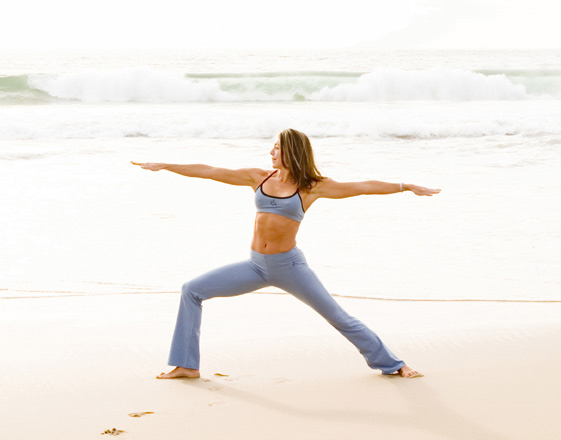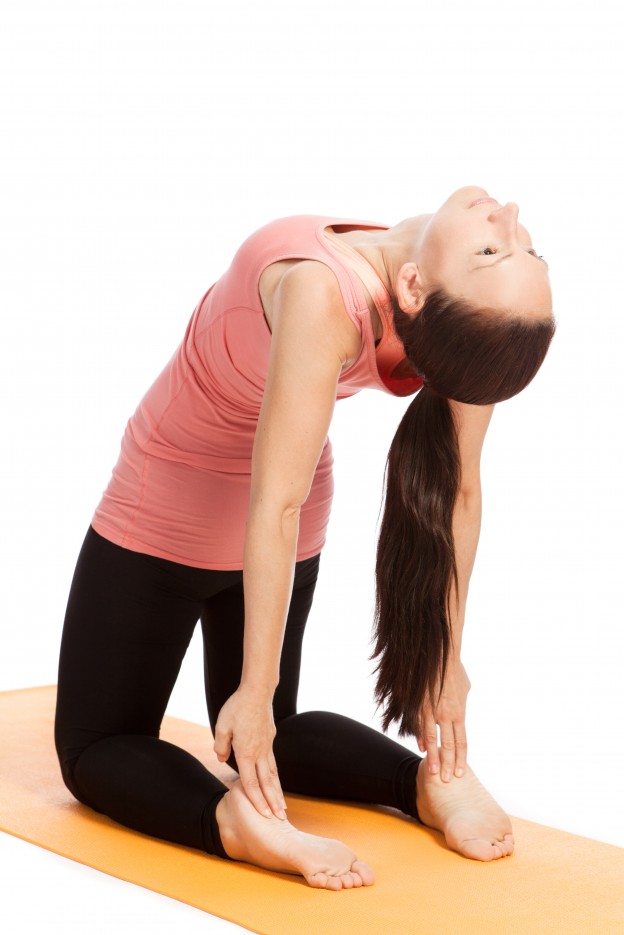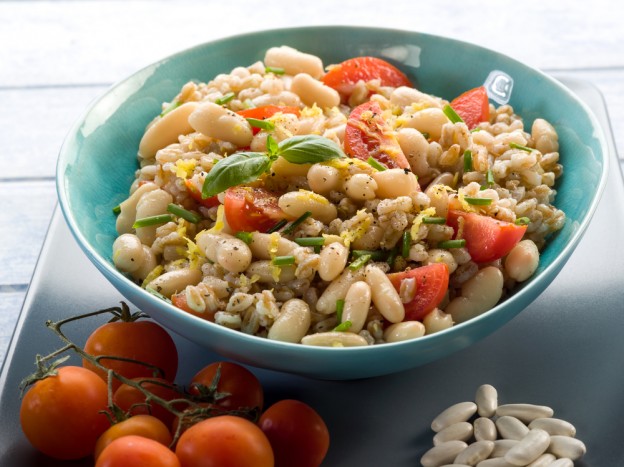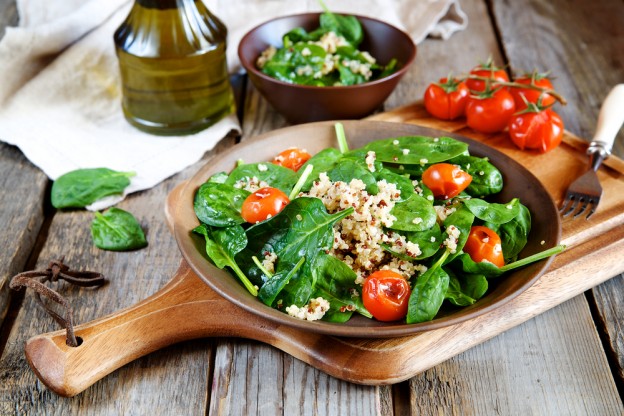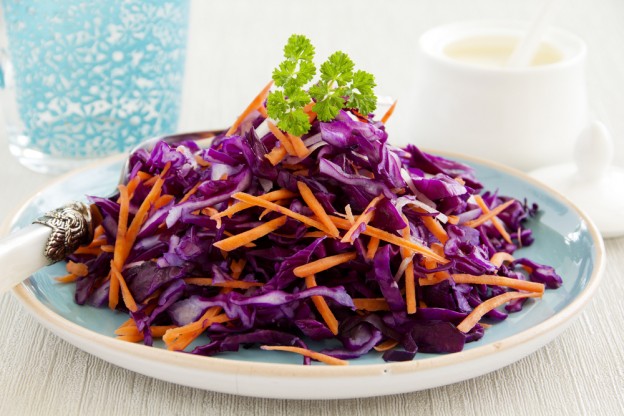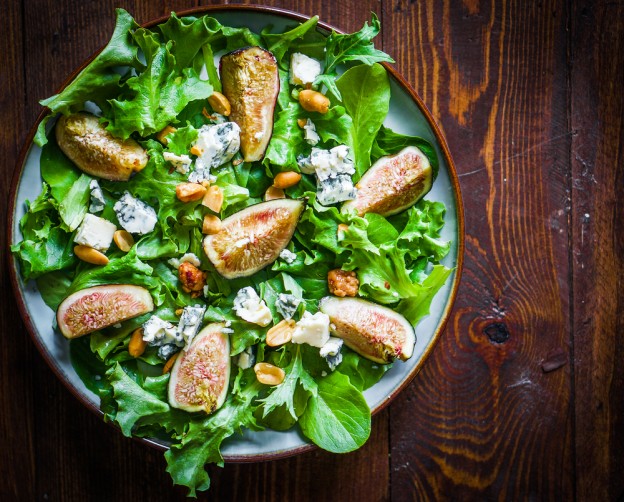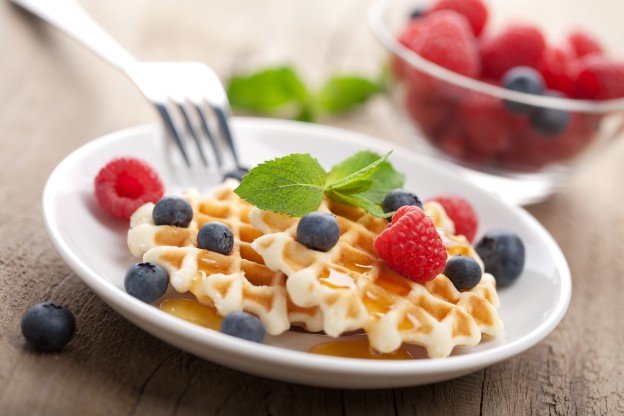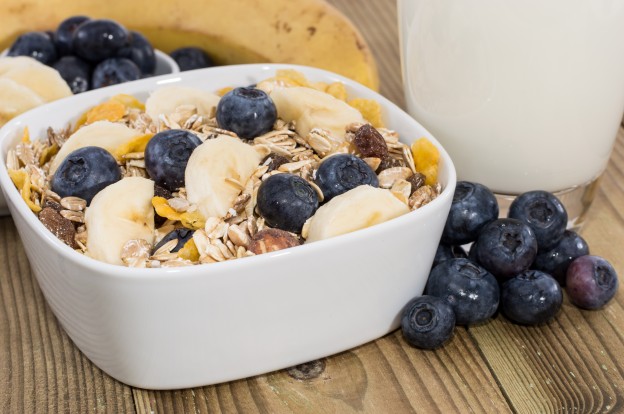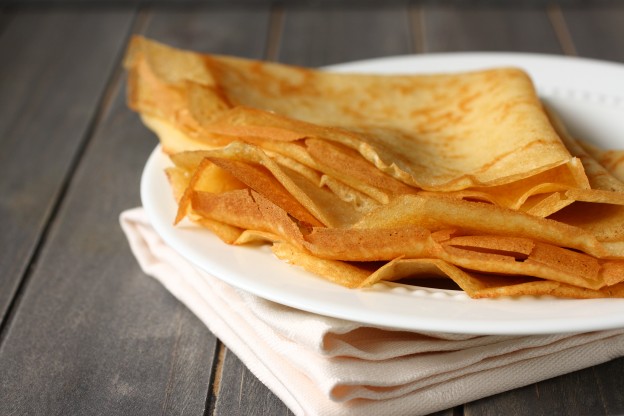Celebrate this Valentine’s Day by loving yourself!
Not only is this week Valentine’s Day, but it is also American Heart Month. To honor both of these (equally important) holidays, we’d like to share some ways you can practice some intro- spection and learn how to open and activate your heart chakra.
But what is a heart chakra, you might ask? It comes from the Sanskrit word for ‘wheel’ or ‘circle,’ and according to Hindu and Buddhist belief, chakras are defined as:
(n): any of the seven major energy centers in the body
Chakras are like pools of energy in our bodies which dictate our psychological traits. All seven chakras are located in various parts of the body. Four in our upper body, our mental chakras, and three in the lower body, which govern our instinctual properties.
According to Buddhist/Hindu teaching, our chakras should contribute to a human’s well-being. Our instincts would join forces with our feelings and thinking. If our chakras are out of balance, we will not enjoy peace within ourselves.
5 Poses that will open your heart chakra:

Camel Pose
Ustrasana
This is an amazing opener that is energizing and cre- ates self-confidence and chi flow. It opens the heart center and counteracts the forward flexion that is part of daily living. This pose strengthens the gluten and the lower back as well as stretching the pectorals (chest), intercostals, hip flexors, and shoulders. Only do this pose when the body is warmed up, and always follow a back bend with a forward bend.
Getting into the pose:
Move slowly, feeling your way. From a kneeling posi- tion, place your hands or fists on the bony points alongside your spine. Firm your glutes. Push your hips forward and lift your chest to the sky.
Holding the pose:
Lift out of your lower back, drawing your elbows back to expand your chest. Take 3 deep breaths. If it doesn’t cause you any discomfort, drop your head back, eyes gazing directly up at the ceiling.
As you get out of the pose, go into Childs Pose. Rest.

Fish Pose
Matsyasana
A powerful opener for the chest and heart center. This is a great pose to relieve bronchial congestion and asthma. It can also be done as a restorative pose by placing a rolled-up yoga mat or folded blanket under your back for more support. Fish pose strengthens your upper back and stretches your chest, throat, and shoulders. Fish pose is also an effective counter-pose for inversions. This pose can potentially alleviate certain chest disorders and promote a healthy heart. It is also said to stimulate the thyroid, increasing metabolism. Always precede and follow with Knees to Chest pose to stabilize your spine and the muscles in your back.
Getting into the pose:
From Knees to Chest position, lower your legs to the floor. Slide your hands under your hips, palms down, and bring your elbows toward each other under your body. Point your toes toward the floor as you reach back in the opposite direction with the crown of your head, shifting your body back slightly as well.
Holding the pose:
Lift your chest. Maintaining space in the back of your neck, relax. Your breath should feel deep and easy – if not, adjust your position.

Bridge Pose
Setu Bandha Sarvangasana
Bridge pose is an excellent way to stretch the front of the hips and open your chest, particularly if you sit for long periods or regularly walk, run, or cycle. Many people have tight hip flexors from too much walking, run- ning, cycling, or even just sitting and driving. Bridge pose also targets muscles deep in the lower back and hips that are difficult to reach when upright. This pose will strengthen your gluten, hamstrings, and abductors. Bridge will stretch your hip flexors, core, center, and pectorals.
Getting into the pose:
Lie down on your back, palms down. Slide your shoulders away from your ears. Bring the soles of your feet to the floor, hip-width apart. Press through your feet to lift your hips.
Holding the pose:
Keep your head still to protect your neck – don’t look around. Use your inner thighs to keep your knees in line with your hips and toes. Breathe deeply into your open chest and navel center. Turn the palms up for more chest opening and core focus.

Triangle
This is one of my favorite yoga poses. It moves energy in four directions, originating from a strong center. Triangle strengthens the quads, the obliques, and the shoulders. Triangle also stretches the hamstrings, pectorals, and intercostals.
Your upper body is lifting and moving back while your lower body is sinking and moving forward. Triangle pose represents creating for ourselves a strong mental and physical foundation, represented by the two bottom points of the triangle. From here, we can begin to look up, exploring the third point – the spiritual.
Getting into the pose:
From the Warrior II pose, straighten your front leg. Reach forward, then lower your hand to your shin or ankle. Lift your back arm to the sky, opening your chest. Look up, down, or straight ahead, finding a comfortable place for your neck.
Holding the pose:
Press your feet away from each other, keeping a soft bend in the forward knee. Check that your nose stays over your leg, not in front of it. Engage your glutes. Breath length into your spine, allowing your inner strength to fuel your outer strength. Switch sides.

Final Relaxation
Savasana
This pose will give you an opportunity to check back in with your body and mind, mentally and physically integrating the benefits of your practice. It will also provide an important transition back into your daily routine. Finally, it will help release muscular tension and stress for better health and well-being.
Final relaxation is an integral part of any yoga practice and should never be rushed or skipped. Allow a minimum of 6-10 minutes for Final Relaxation.
Getting into the pose:
Lie on your back or in any position that allows you total comfort and relaxation. Turn your palms toward the sky and allow your feet to roll open.
Holding the pose:
Let your breath return to ist natural rhythmic cycle. Continue to release stress and tension, finding peace and calm.

